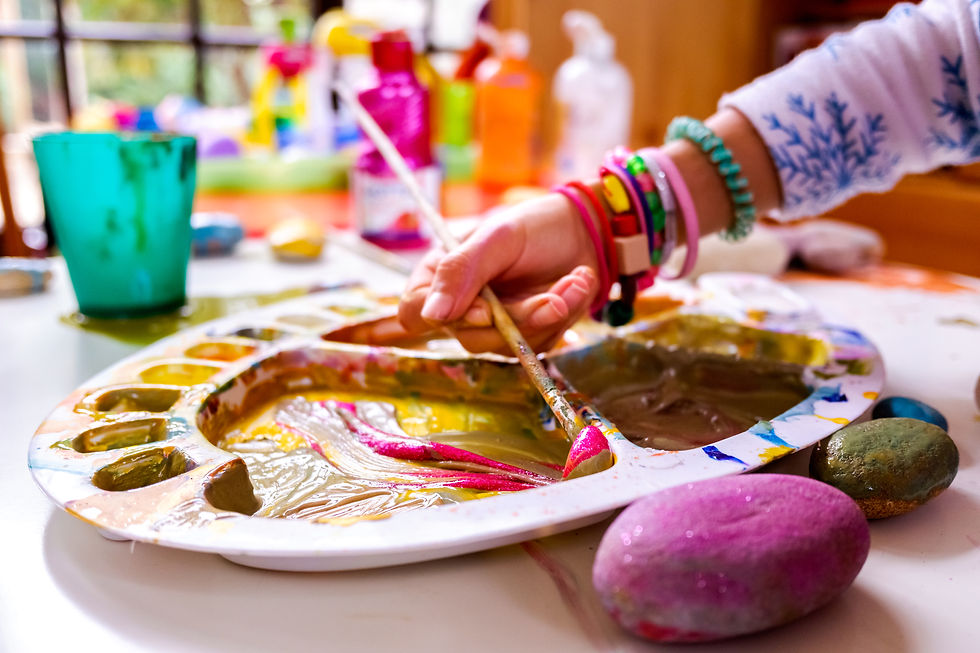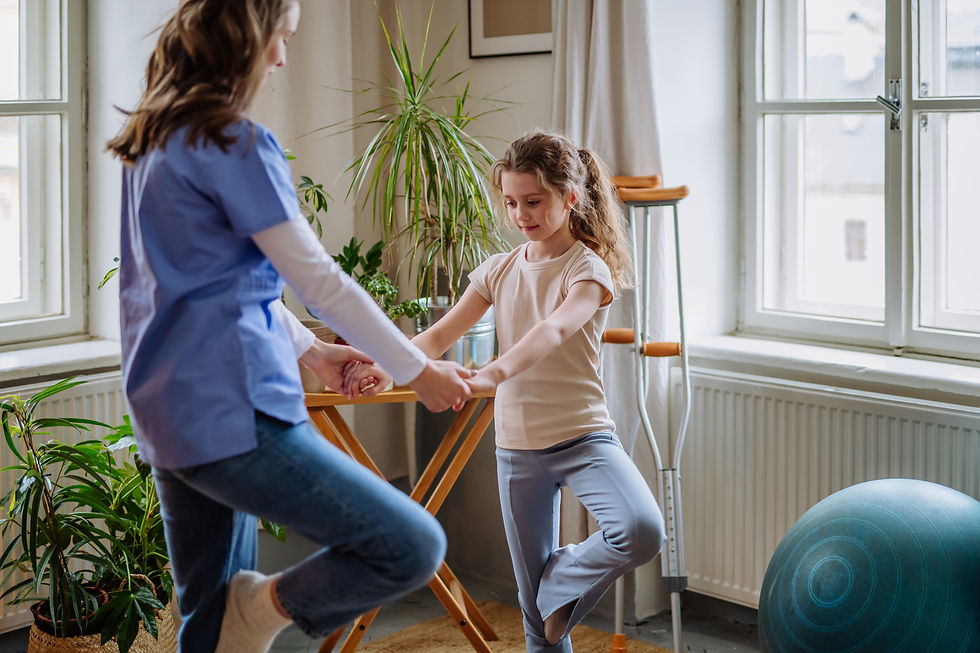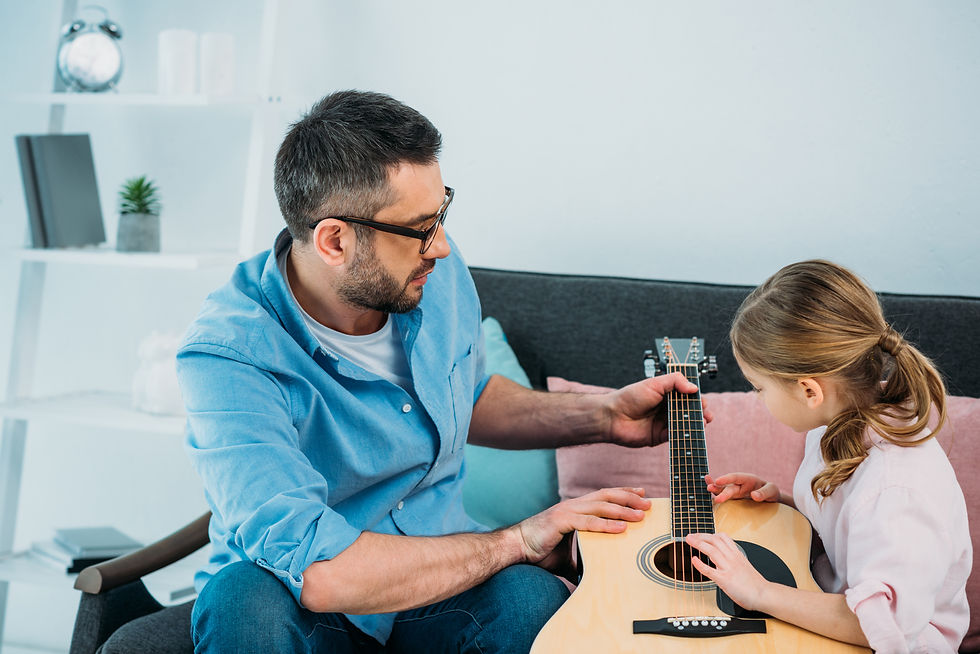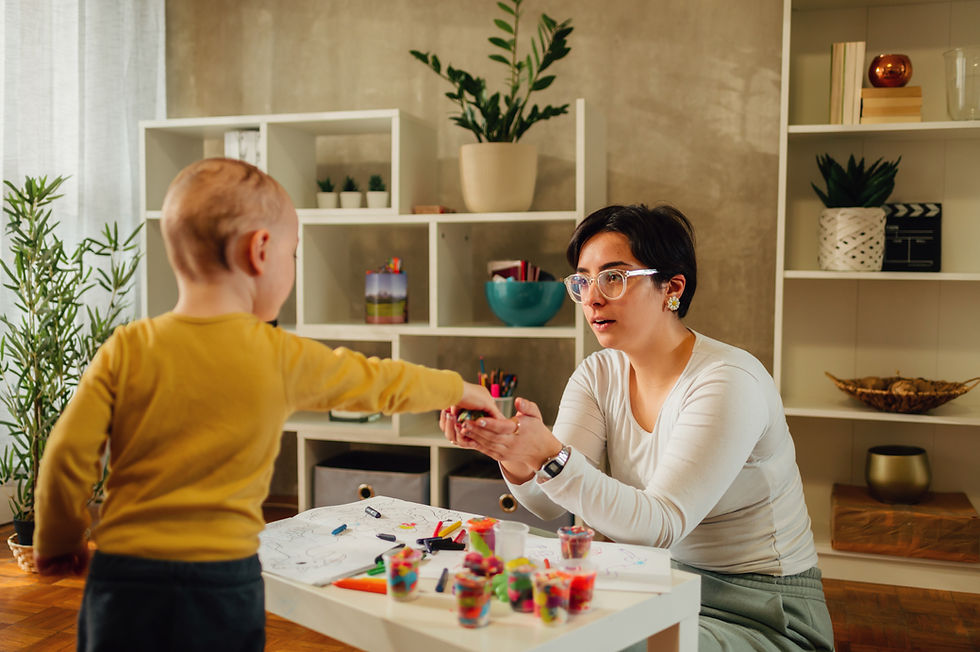A July 2020 report by Young Minds indicated that 1 in 6 children aged five to sixteen were likely to have a mental health issue (Young Minds, 2022). Additionally, 39% of children aged six to sixteen reported a decline in their mental health since 2017 (NHS Digital, 2021). The impact of Covid-19 has led to a 50% rise in clinically significant mental health conditions among children (The Children’s Society, 2020). Furthermore, half of the children in the care system meet the criteria for a potential mental health disorder, compared to one in ten children not in the care system (Department for Education, 2018).
The latest workforce survey conducted by the British Association of Art Therapists (BAAT) in 2019 revealed that 68% of their registered art therapists were engaged with children and young people. Ken Robinson (2013) characterized humanity as "inherently creative" and emphasized the significance of fostering creativity in children of all ages. A key component of a creative environment is encouraging children to play, allowing them the freedom and space to create whatever they desire, which is an excellent method to bolster self-confidence, independence, and social and emotional intelligence.

What is art and creative arts therapy?
Arts and creative therapies are treatments which involve art and creative activities within therapeutic sessions.
The British Association for Counselling and Psychotherapy (BACP) describes creative therapies as those that enable the person to express themselves, often without having to use words, through a variety of ways including painting, drawing, photography, dance, music or drama. This happens in a safe, non-judgemental space to help them to explore their feelings. Art and creative therapies may combine creative activities with talking therapy.
Some psychotherapists are trained in a specific form of creative arts therapy, and have specialist titles, these may include; art psychotherapist, dance movement psychotherapist, play psychotherapist, music psychotherapist, and drama psychotherapist.
The BAAT defines Art Therapy as a form of psychotherapy for people of all ages, delivered by trained psychotherapists. It encourages self-expression and communication via the use of visual and tactile media and provides an outlet for complex feelings and encourages self-awareness and growth.
Art therapy includes using visual art materials, these might be materials we all think of when we think of the term “art”, for example, pens, pencils, paint, chalk or this might involve the use of digital media, such as photography. These art materials are used to express feelings or experiences. Art therapy can help to communicate feelings and experiences, explore difficult or painful experiences, and to help understand the self.
Art psychotherapy provides a non-invasive therapeutic space for the individual to work through and process trauma and emotional difficulties. It is used to enhance the therapeutic relationship and provides space to communicate nonverbally for those who may be unable to articulate their feelings and past experiences (Braito, Rudd, Buyuktaskin, Ahmed, Glancy and Mulligan, 2021).

The Association for Dance Movement Psychotherapy UK (ADMPUK) describes dance movement therapy as a space in which the therapist and client use body movement and dance to communicate during the sessions. Dance movement therapy can help the individual feel more in touch with their own body and surroundings and explore difficult experiences using movement rather than words, which they might find difficult.
All creative art therapies include creative processes that can help to explore and communicate experiences, feelings and emotions in a way that can be therapeutic.

Why do we use art and creative arts therapy?
Art therapy appears to have significant positive effects in those with various presenting clinical factors, the symptoms that are targeted effectively by using art and creative arts therapy include anxiety, low mood, trauma, distress and low self-esteem (Uttley, Scope, Stevenson, Rawdin, Taylor-Buck, Sutton, Stevens, Dent-Brown and Wood, 2015). Positive outcomes were reported when using art therapy for trauma related symptoms presenting in refugee and war traumatised children (Sullivan, Simonson, 2016).
The United Kingdom (UK) Joint Commission Panel for Mental Health (2013) recommends that creative psychotherapists are part of child and adolescent mental health services (CAMHS) teams. There is a UK specific recommendation that art therapy may be used in the treatment of children and young people experiencing symptoms of psychosis (NICE, 2013).
Researchers have examined the effectiveness of art therapy for children, finding positive outcomes for quality of life, anxiety and emotional difficulties (Moula, 2020), self-esteem and social difficulties, anxiety and emotional difficulties (Cohen – Yatziv and Reger, 2019) and no negative effects.
Deboys et al., 2017 found that art therapy was reported to have helped the children who had received it explain their feelings and emotions more easily. Several studies have reported that children who engage in art therapy were observed to be happier, more settled, calmer, having fewer behavioural outbursts, an increase in confidence, and engaging better with school (Deboys et al., 2017, McDonald et al., 2019 and McDonald and Holttum, 2020).

One of bMindful’s art psychotherapists, Gemma Leathley, shares her insight into working as an art psychotherapist and the impact of her role at bMindful Psychology;
“Working as an Art Therapist with children and young people continues to be both insightful and challenging. Art therapy is being increasingly used within the healthcare, education and the social care system, as it enables the possibility of non-verbal exploration of traumas and self-awareness and growth. Art therapy usually comes in the form of individual or group support, creating a safe space for the client to feel validated, heard and supported through the difficulties they chose to bring.
Our support within bMindful Psychology extends just a little bit further, with us offering clinical support to systems around the child or young person. Our work is not a short-term fix, we look towards the future, sustainability, consistency and growth for the child, and we do so by incorporating all that we have learnt throughout our training and experience. On working with professionals, we will offer insight, which may not have been gained by those immersed in the challenges, we might offer reflection and methods of building attachments, including play and mess making, we might offer support to staff holding the traumas of the children you are working with. I have seen great outcomes for working within this medium, offering the chance for staff to connect with their child-self, which then offers the children a sense of normalisation and connectivity to their early emotional trauma in a safe and controlled space. “
Less than 1 in 3 young people with a mental health condition get access to NHS care and treatment (Young Minds, 2022). 34% of children and young people that get referred into NHS services are not accepted into treatment (Children’s Society, 2021).
At bMindful psychology, we have some of the leading experts in our sector – people that share the same values and strive to make every day better for the people we support.
Our team consists of highly experienced and skilled clinicians able to provide support across a range of modalities including Creative Psychotherapy (Art, Dance and Movement).
To find out more about our team and the services bMindful Psychology offer visit our website; https://www.bmindfulpsychology.co.uk/ , call 0161 510 0111 or email hello@bmindfulpsychology.co.uk

Comments